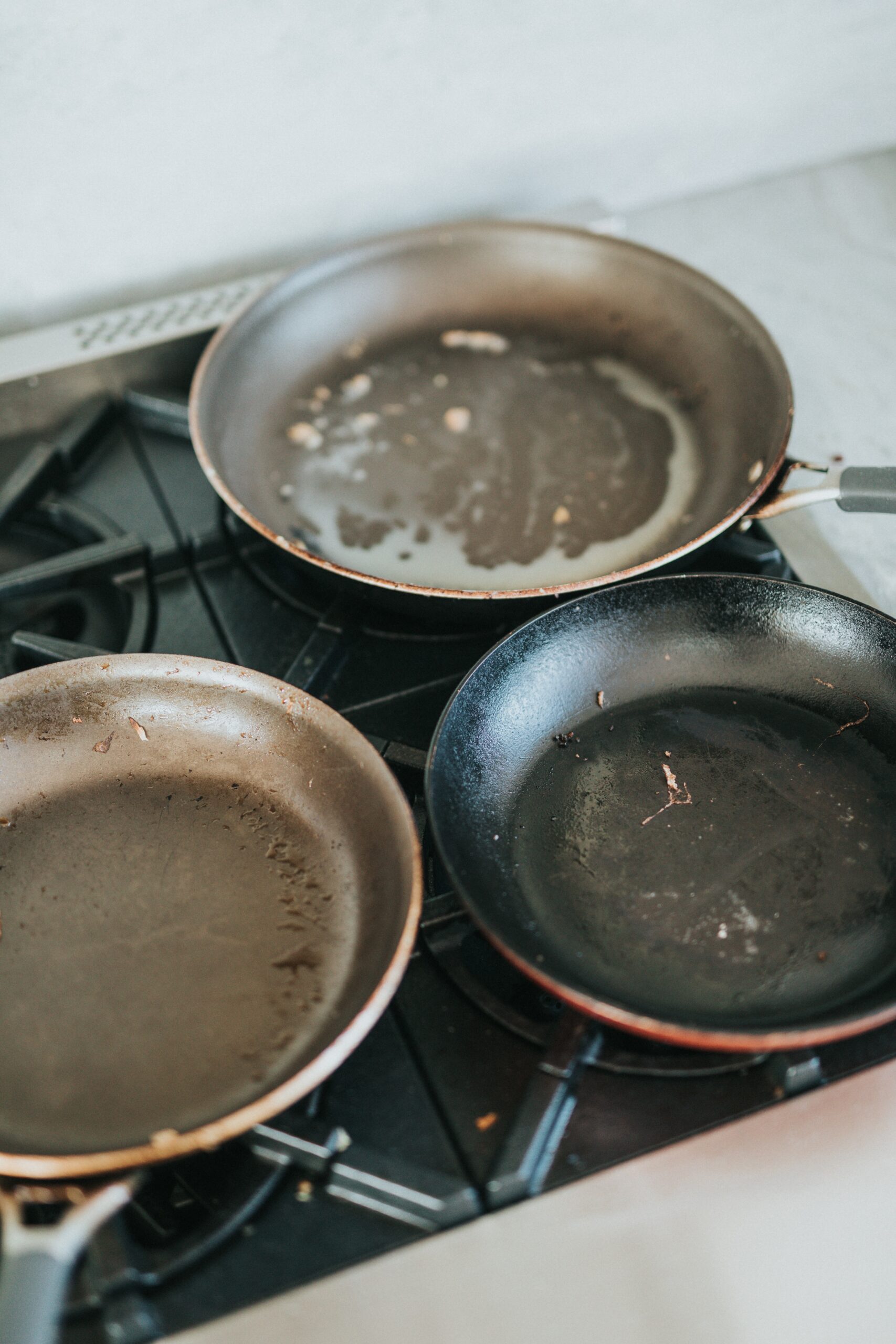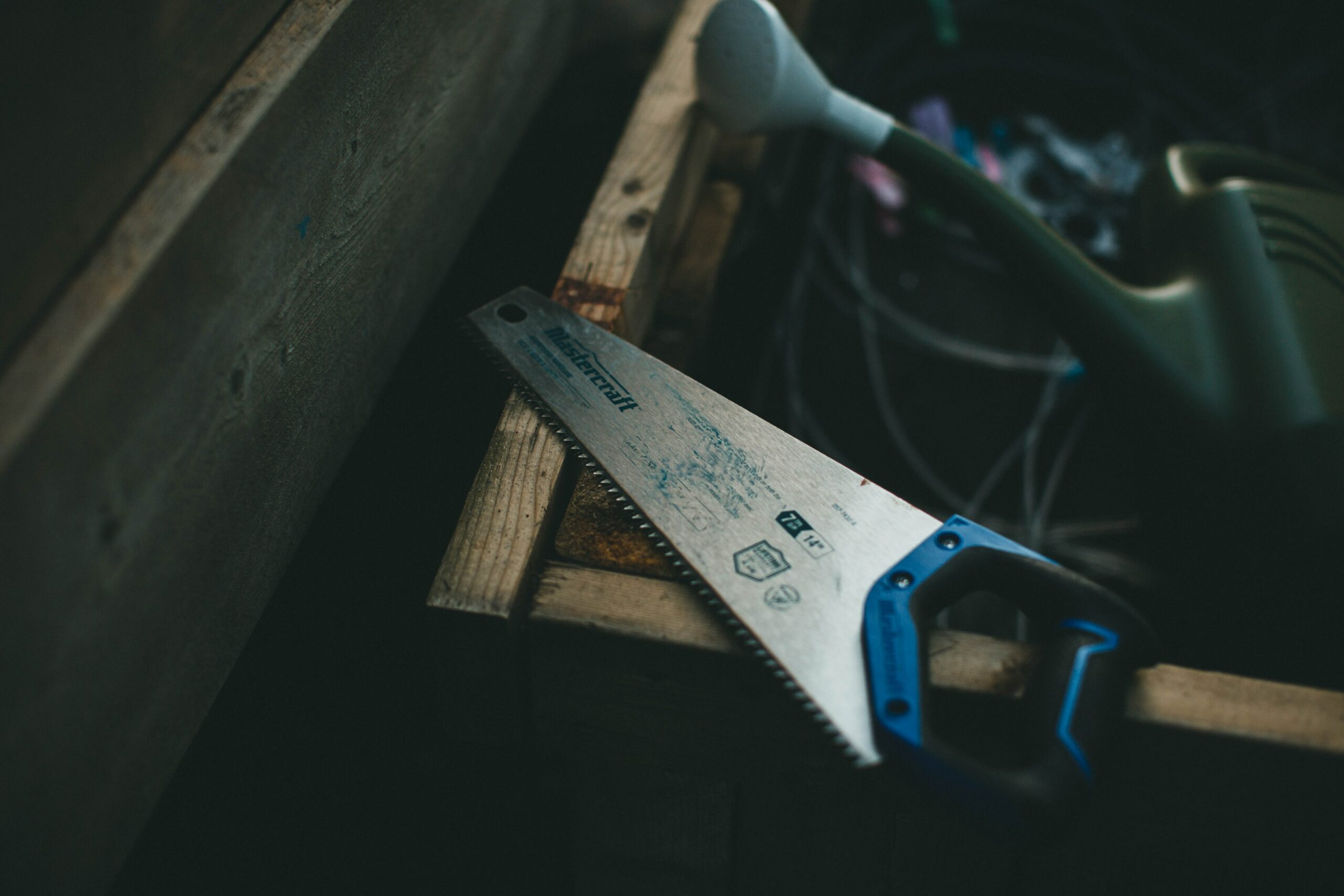Cleaning a greasy pan can be a daunting task, but it’s an essential skill for anyone who loves cooking. Grease buildup not only affects the taste of your food but can also damage your cookware over time. In this comprehensive guide, we will explore various techniques and tips to help you clean a greasy pan effectively and restore it to a spotless condition.
Before diving into the cleaning process, let’s gather the necessary tools and materials:
- Dish Soap
- Baking Soda
- White Vinegar
- Boiling Water
- Non-abrasive Scrubbing Pad
- Paper Towels
- Protective Gloves
Once you have everything ready, follow these steps to clean a greasy pan:
1. Allow the Pan to Cool
After cooking, remove the pan from the heat source and let it cool down. Attempting to clean a hot pan can lead to burns or damage to your cookware.
2. Pour Out Excess Grease
Carefully pour out any excess grease or oil from the pan into a container. Dispose of it properly according to your local regulations.
3. Wash with Hot, Soapy Water
Fill the greasy pan with hot water and add a few drops of dish soap. Let it soak for at least 15 minutes. This helps soften the grease and makes it easier to remove.
Passive voice can be used effectively in this step: “The pan should be filled with hot water and soaked with dish soap to facilitate grease removal.”
4. Scrub Gently
Use a non-abrasive scrubbing pad to gently scrub the pan’s surface. Focus on areas with stubborn grease buildup. Avoid using harsh abrasives, as they can damage the pan’s coating.
Transition words like “Additionally,” “Moreover,” and “Furthermore” can be used to enhance the flow of the instructions.
5. Create a Baking Soda Paste
Mix baking soda with a small amount of water to create a paste. Apply this paste to areas with particularly stubborn grease. Let it sit for a few minutes to break down the grease.
Passive voice can be integrated: “A paste made from baking soda and water can be applied to grease-affected areas for effective cleaning.”
6. Use White Vinegar
White vinegar is an excellent natural cleaner. Pour a small amount of white vinegar into the pan and use a non-abrasive scrubbing pad to scrub away any remaining grease.
7. Rinse Thoroughly
Rinse the pan thoroughly with hot water to remove any remaining soap, baking soda, or vinegar residue. Inspect the pan to ensure all grease is gone.
Transition words like “Additionally,” “Furthermore,” and “Consequently” can be used to improve the article’s flow.
8. Dry Completely
Use paper towels or a clean cloth to dry the pan completely. Ensuring it’s dry prevents any moisture-related issues or the formation of new grease.
9. Maintenance Tips
To prevent future grease buildup, consider the following tips:
- Use cooking sprays sparingly.
- Regularly wipe down your pan after each use.
- Store your pans properly, ensuring they are clean and dry.
In conclusion, knowing how to clean a greasy pan is a valuable kitchen skill that keeps your cookware in good condition and your meals tasting great. By following these steps and using the right tools and materials, you can efficiently remove grease buildup and maintain spotless pans for your culinary adventures.
So, whether you’re a seasoned chef or a home cook, mastering the art of cleaning greasy pans is a practical skill that enhances your cooking experience.
Photo by Nathan Dumlao on Unsplash

